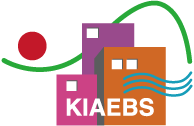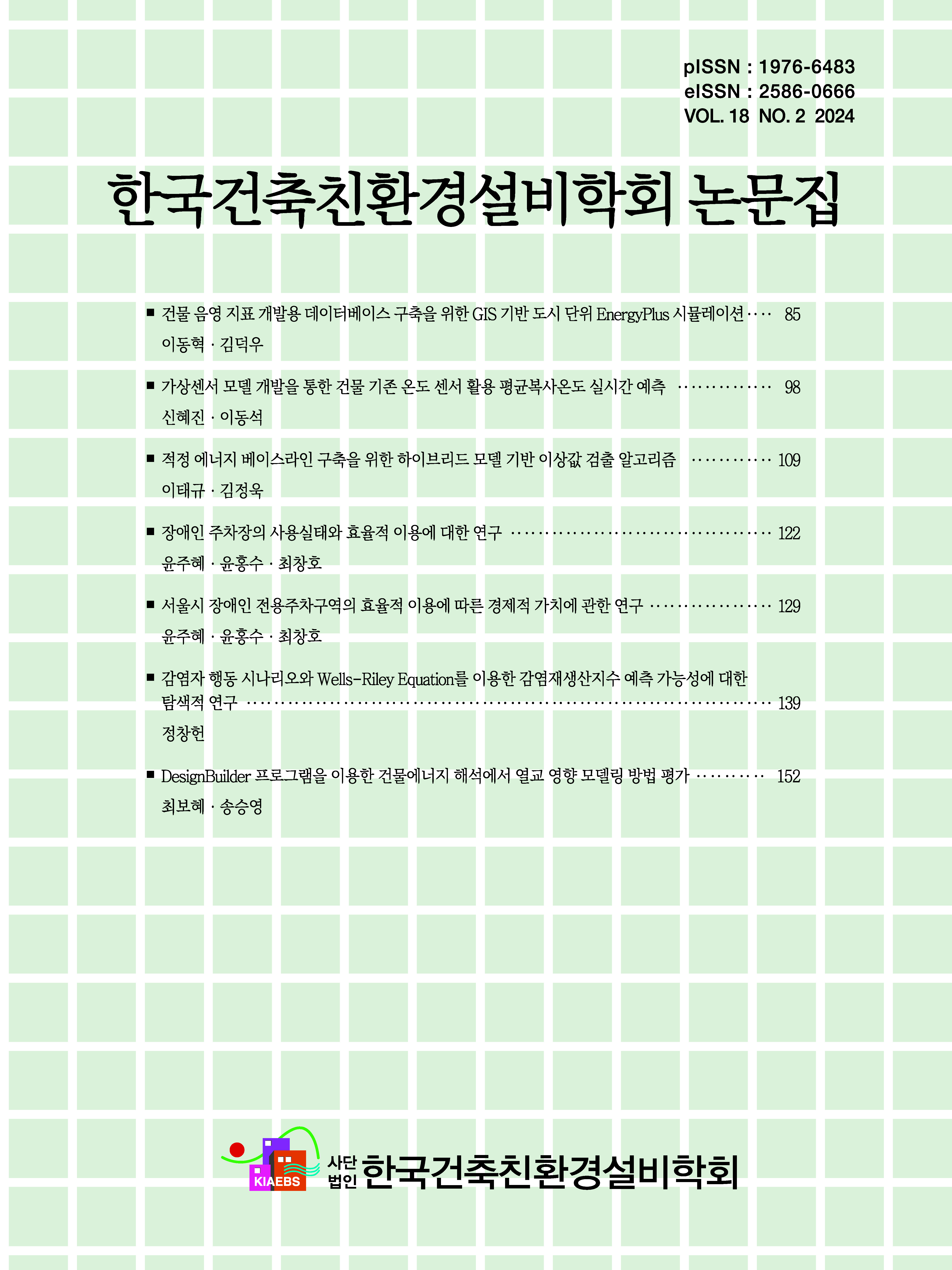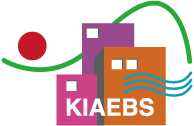Research Article
Buonanno, G., Stabile, L., Morawska, L. (2020). Estimation of airborne viral emission: Quanta emission rate of SARS-CoV-2 for infection risk assessment. Environment International, 141, 105794. DOI: https://doi.org/10.1016/j.envint.2020.105794.
10.1016/j.envint.2020.10579432416374PMC7211635Cheong, C.-H., Hwang, S.-H. (2021). Priority Analysis of Airborne Infection Prevention Measures Using Wells-Riley Equation. Journal of Korean Institute of Architectural Sustainable Environment and Building Systems, 15(4), 395-404.
Cho, S., Kim, J. (2021). Intervention analysis for spread of COVID-19 in South Korea using SIR model. The Korean Journal of Applied Statistics, 34(3), 477-489.
Choi, S., Ki, M. (2020). Estimating the reproductive number and the outbreak size of COVID-19 in Korea. Epidemiology and Health, 42, e2020011. DOI: https://doi.org/ 10.4178/epih.e2020011.
10.4178/epih.e202001132164053PMC7285447Cori, A., Ferguson, N.M., Fraser, C., Cauchemez, S. (2013). A New Framework and Software to Estimate Time-Varying Reproduction Numbers During Epidemics. American Journal of Epidemiology, 178(9), 1505-1512, DOI: https://doi.org/10.1093/aje/kwt133.
10.1093/aje/kwt13324043437PMC3816335Cui, J., Li, F., Shi Z.L. (2019). Origin and evolution of pathogenic coronaviruses. Nat Rev Microbiol, 17, 181-192.
10.1038/s41579-018-0118-930531947PMC7097006Fraser, C. (2007). Estimating individual and household reproduction numbers in an emerging epidemic. PLoS One, 2(1), e758.
10.1371/journal.pone.000075817712406PMC1950082Gostic, K.M., McGough, L., Baskerville, E.B., Abbott, S., Joshi, K., Tedijanto, C., Kahn, R., Niehus, R., Hay, J., De Salazar, P.M., Hellewell, J., Meakin, S., Munday, J., Bosse, N.I., Sherrat, K., Thompson, R.N., White, L.F., Huisman, J.S., Scire, J., Bonhoeffer, S., Cobey, S. (2020). Practical considerations for measuring the effective reproductive number, Rt. DOI: https://doi.org/10.1371/journal.pcbi.1008409.
10.1371/journal.pcbi.100840933301457PMC7728287Han, C., Park S.A. (2021). The Effect of the Containment and Closure Policies on the Spread of COVID-19. The Korea Association for Policy Studies, 30(3), 1-37.
10.33900/KAPS.2021.30.3.1Kim, M.J. (2020). Is there a breakthrough in the complex crisis of climate change and pandemic?. Philosophy and Reality, 126, 29-50.
Lee, J.H. (2020). Continuous epi-link, disconnected info-link: The Lesson from the SARS outbreak in Canada and the MERS outbreak in Korea. Journal of Social Research, 21(1), 63-100.
Lee, K.-S., Lee, J.J., Kim, K.-Y., Kim, J.-Y., Hwang, T.-Y., Hong, N.-S., Hwang, J.H., Ha, J. (2024). <Field Action Report> Local Governance for COVID-19 Response of Daegu Metropolitan City. Journal of Agricultural Medicine and Community Health, 49(1), 13-36.
Noh, Y., Jung, S., Moon, J., Hwang, E. (2022). LSTM-based Daily COVID-19 Forecasting Scheme Considering Social Variables. KIISE Transactions on Computing Practices, 28(2), 116-121.
10.5626/KTCP.2022.28.2.116Park, Y., Jun, Y.P., Lee, H., Cho, Y.-R., (2021). DARNN-Based Prediction Model for COVID-19 Diffusion for Each Administrative District in Seoul. KIISE Transactions on Computing Practices, 27(11), 510-518.
10.5626/KTCP.2021.27.11.510Rudnick, S.N., Milton, D.K. (2003). Risk of indoor airborne infection transmission estimated from carbon dioxide concentration. Indoor Air, 13(3), 237-245.
10.1034/j.1600-0668.2003.00189.x12950586Yoo, M., Kim, Y., Baek, S., Kwon, D., (2021). The Concept of Reproduction Number and Changes According to Government Response Policies. Public Health Weekly Report, 14, 282-289.
Kermack, W.O., McKendrick, A.G. (1927). A Contribution to the Mathematical Theory of Epidemics. Proceedings of the Royal Society of London. Series A, Containing Papers of a Mathematical and Physical Character, 115(772), 700-721.
10.1098/rspa.1927.0118The Korean Society for Preventive Medicine. (2013). Preventive medicine and public health, Gyechukmunhwasa.
Wells, W.F. (1955). Airborne Contagion and Air Hygiene. Cambridge MA: Cambridge University Press. 117-122.
Ahn, J. (2021). A basic reproduction number estimate of COVID-19: a systematic review and meta-analysis. Manter's thesis, Yonsei University.
Lee, S. (2023). Analysis of the impact of super-spreading event and important variables by exploring the characteristics of each epidemic of COVID-19 in Korea. Master's thesis. Kyungpook National University.
California Department of Public Health Homepage. (2024). Available at: https:// www.cdph.ca.gov/Programs/CCDPHP/DEODC/EHLB/IAQ/CDPH%20Document%20Library/Appendix_2_Quanta_Generation_Rates_for_Aerosol_Transmissible_Diseases.pdf [Assessed on Mar 25, 2024].
- Publisher :Korean Institute of Architectural Sustainable Environment and Building Systems
- Publisher(Ko) :한국건축친환경설비학회
- Journal Title :Journal of Korean Institute of Architectural Sustainable Environment and Building Systems
- Journal Title(Ko) :한국건축친환경설비학회논문집
- Volume : 18
- No :2
- Pages :139-151
- Received Date : 2024-03-27
- Revised Date : 2024-04-10
- Accepted Date : 2024-04-16
- DOI :https://doi.org/10.22696/jkiaebs.20240013




 Journal of Korean Institute of Architectural Sustainable Environment and Building Systems
Journal of Korean Institute of Architectural Sustainable Environment and Building Systems








